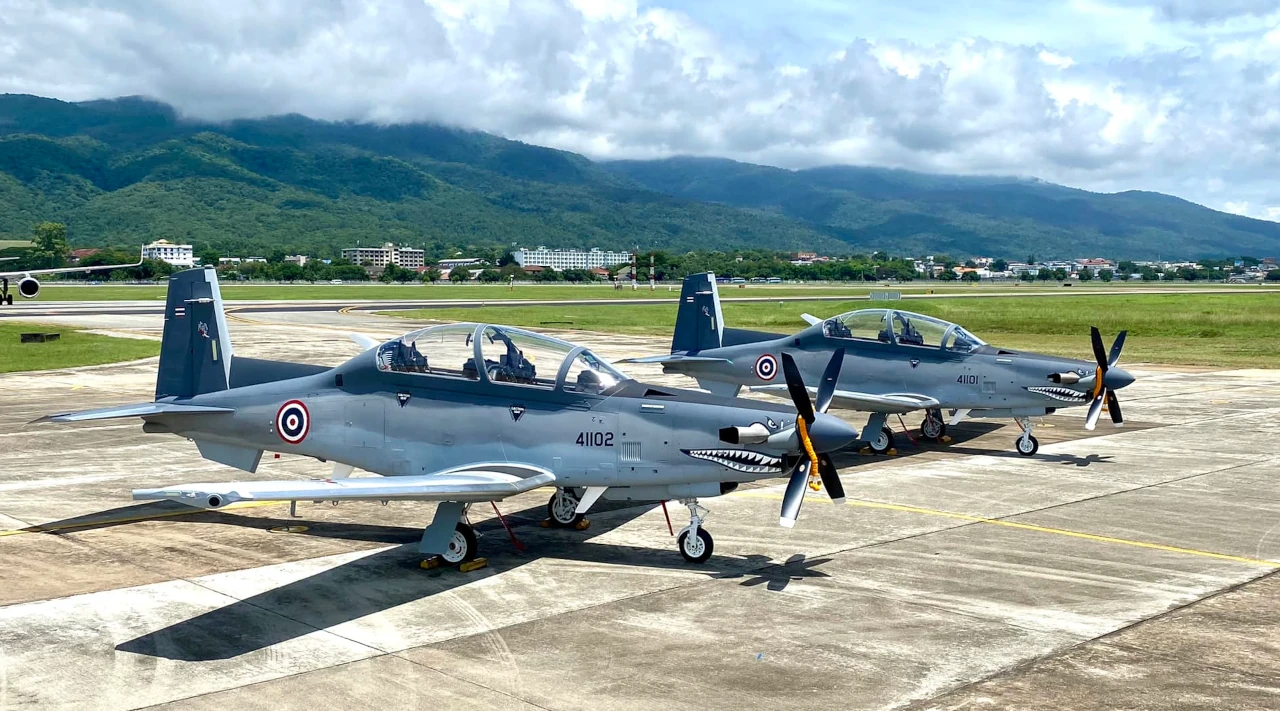The Indian Ministry of Defence has announced that the Israeli company Rafael Advanced Defence Systems Ltd has delivered a batch of anti-tank guided missiles known as Spike NLOS (Spike Non-Line of Sight) for use by the Indian Air Force. It is hoped that the use of these weapons will improve the ability of Indian military aviation to destroy enemy objectives that are concealed behind terrain features.
The Russian and Ukrainian conflict, in which tanks and anti-tank guided missiles play a significant role, is serving as a source of inspiration for the Indian armed forces, which are drawing lessons from the battle.
The acquisition of Israeli missiles is a temporary measure. In the future, they are intended to be replaced by indigenous anti-tank guided missiles (ATGMs), the development of which is underway and expected to be completed within the next three years.

The NLOS missiles have the capability to effectively engage and incapacitate enemy tank units, thereby enhancing India’s overall deterrence potential. Adapting them to the fleet of Russian-made Mi-17V5 helicopters further increases the versatility of these aircraft, as indicated by the local press commenting on the successful integration of helicopters and ATGMs.
According to the information made public by the Indian Ministry of Defence, the batch of Spike NLOS ATGMs has already been given to the Indian Air Force, and testing of these weapons is scheduled very soon.
After completing all of the required tests, India’s indigenous Nag Anti-Tank Guided Missile (ATGM) and a variant of the HELINA (Helicopter-launched NAG) Weapon System called ‘Dhruvastra’ are scheduled to be introduced into service with the Indian army and the Indian Air Force (IAF). The Nag Anti-Tank Guided Missile (ATGM) and the Helina (Dhruvastra) Missile are both products of the Defence Research and Development Organisation (DRDO), which is also responsible for their production by Bharat Dynamics Limited (BDL).
Launched from an Advanced Light Helicopter (ALH), the Helina missile system is designed to attack targets on the ground. The ALH is outfitted with two Twin launchers, one on each side; these launchers can carry sixteen missiles between them. It measures a total of 1.946 metres in length, has a diameter of 0.150 metres, and can cover a distance of up to 7 kilometres when used. It is equipped with a High-Resolution Imaging Infrared Seeker (IIR) that operates in the Lock on Before Launch (LOBL) mode and can perform automatic target detection and tracking regardless of the weather.
It is important to note that India expressed interest in these weapons in 2021 when China began stationing extra tanks and armoured vehicles along the section of the Himalayan frontier that Beijing controls.
The Apache AH-64E in the United States has undergone testing of the Spike NLOS. These helicopters are also fielded by the Indian Air Force.






